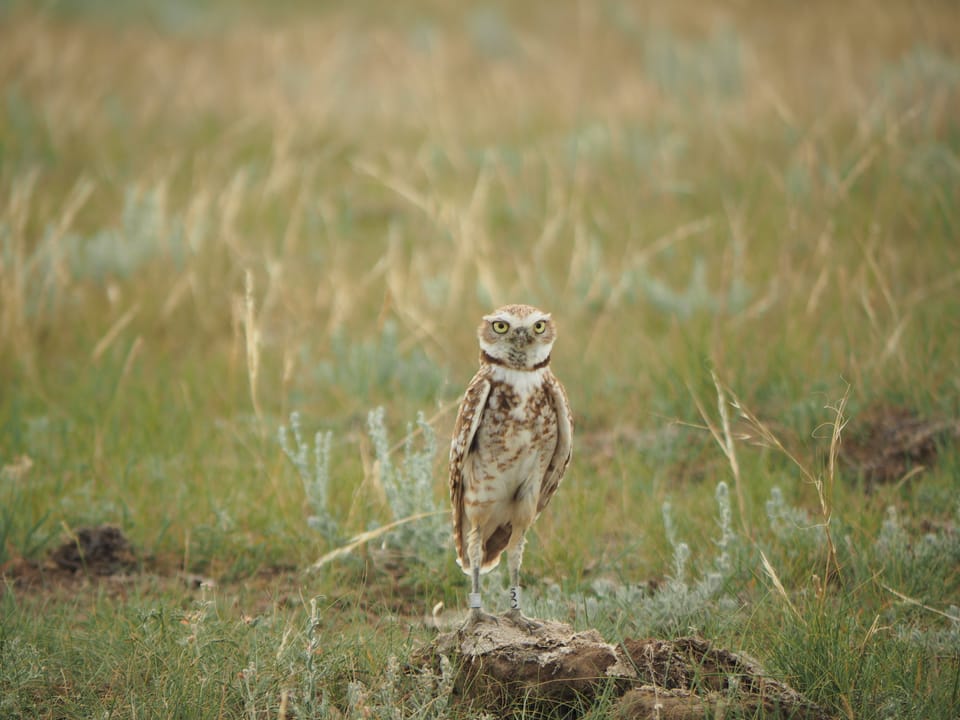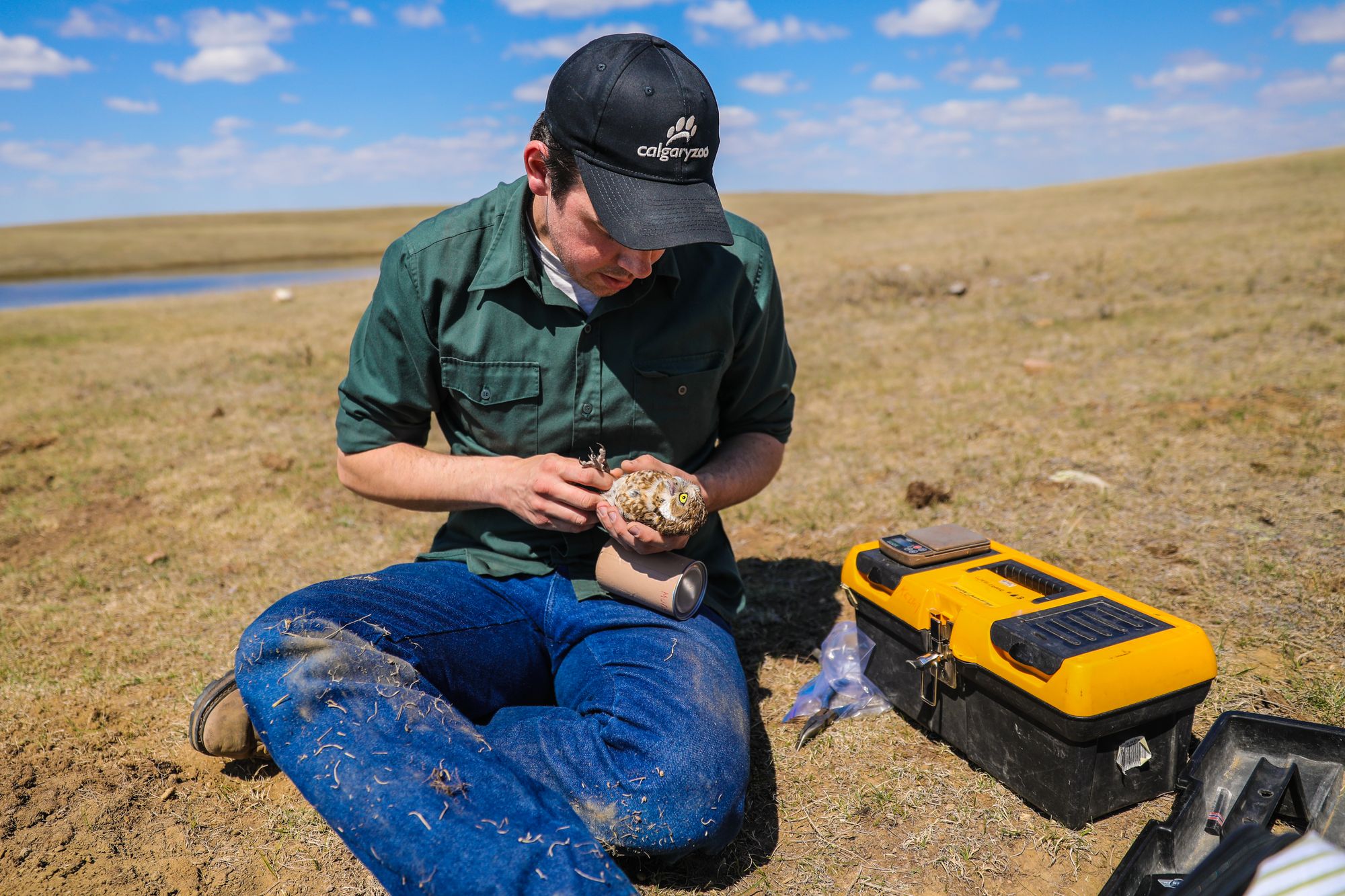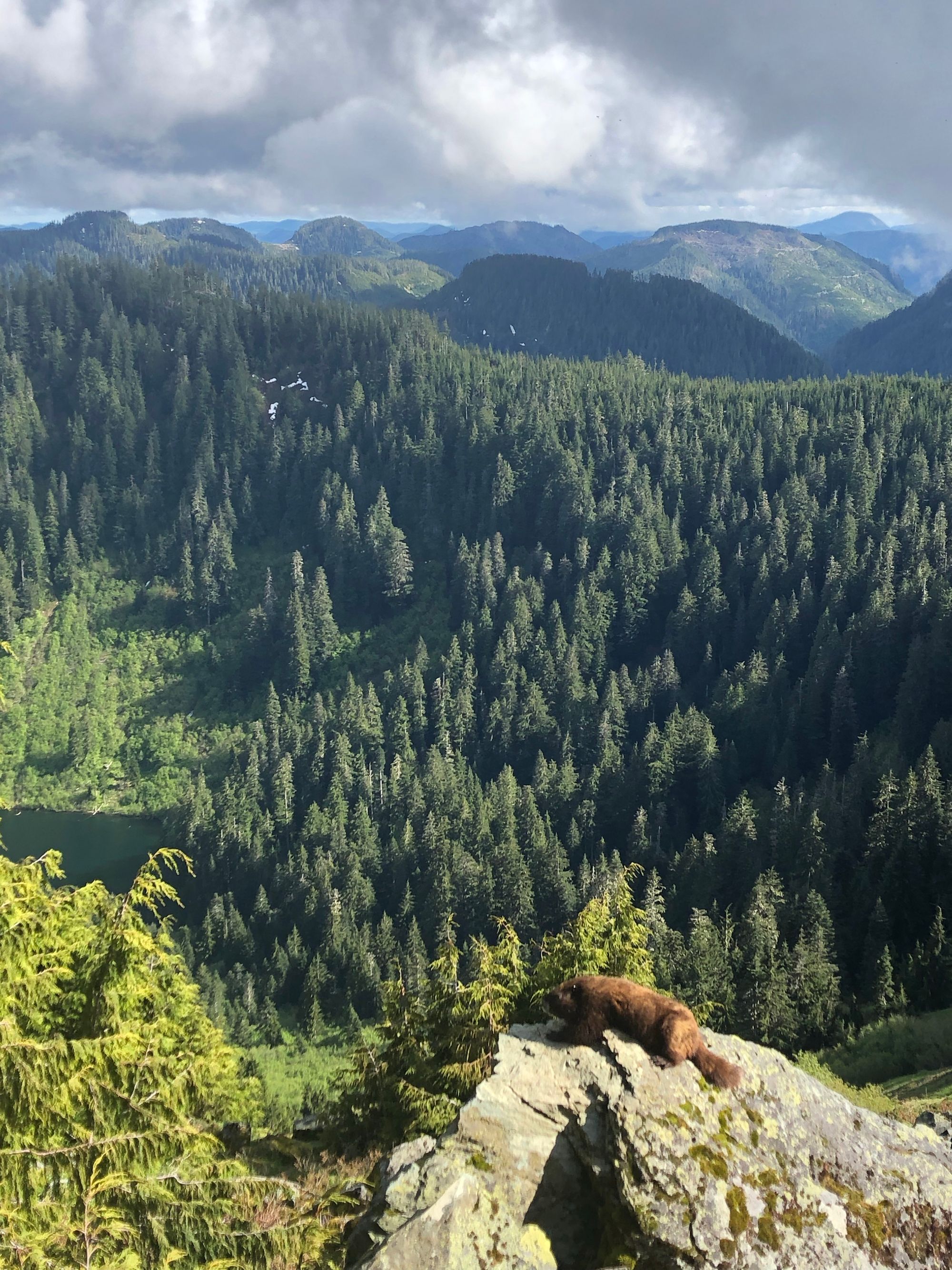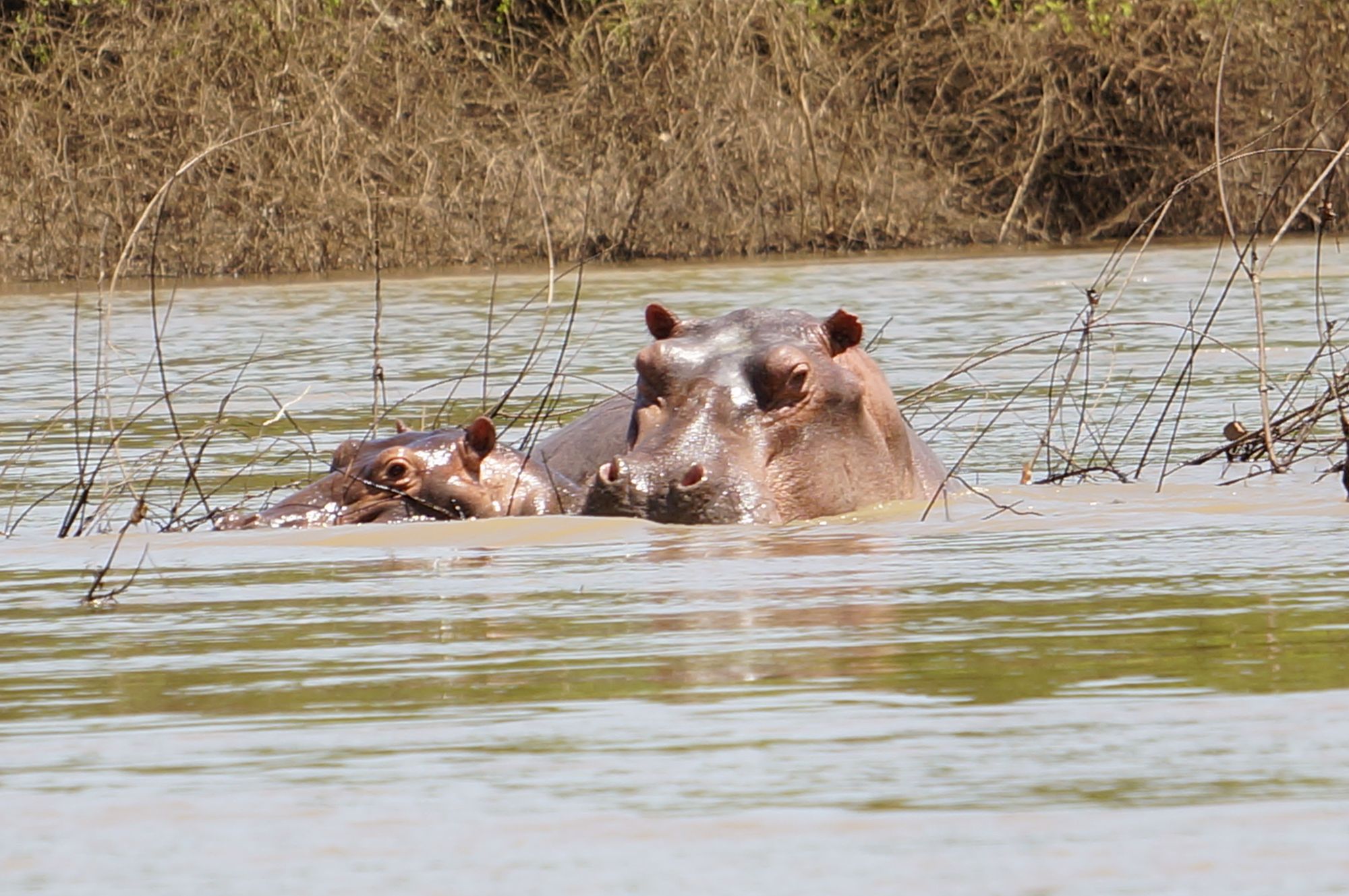Making the World a Wilder Place: The Calgary Zoo/Wilder Institute

The Calgary Zoo was founded in 1929. A world-class zoo, it meets the rigorous accreditation standards of the Association of Zoos and Aquariums (AZA). For the last 30 years, the zoo has translated its passion for wildlife and its commitment to the highest standard of animal welfare into a wide range of wildlife conservation projects aimed at protecting species at risk in Canada and around the world. The Wilder Institute oversees the zoo’s conservation portfolio. The goal of the Wilder Institute/Calgary Zoo is to restore the balance between wildlife and human life and to secure a flourishing future for all living things. We spoke to Graham Dixon-MacCallum, Conservation Research Population Ecologist, who leads the burrowing owl conservation program. “One of our goals is to inspire the public, especially the urban public, to appreciate wildlife,” Graham says.
Graham says the role of zoos has evolved naturally, with accredited zoos moving from displaying animals in their facilities to undertaking conservation projects in nature. “We have an audience. We have an established conservation education and communication program, and we know how to care for animals,” Graham explains. The Bronx Zoo, for example, is the flagship for the Wildlife Conservation Society, while the mission of the Monterey Bay Aquarium is to inspire ocean conservation.
The Wilder Institute/Calgary Zoo’s conservation projects are selected based on need, expertise, and requests for assistance. They are currently working on 15 national and international projects, which fit into 3 broad categories: conservation translocation, community conservation, and conservation collaborations.

Conservation and Translocation
Conservation projects are designed to ensure the long-term survival of endangered species. Wild animals that have been raised in captivity or relocated from other areas are released into the wild. This isn’t a short-term, one-off process. It requires careful monitoring, research, and efforts to ensure the animals’ long-term survival.
Graham spends approximately 90% of his time overseeing burrowing owl projects in southern Alberta. The head-starting program takes owls that are unlikely to survive in the wild (usually last-hatched owls that have had difficulty competing for food with older siblings) to over-winter at the Wilder Institute/Calgary Zoo’s off-site facility. The animals are not on display and are largely left to their own devices in large indoor/outdoor spaces with artificial burrows. Graham says burrowing owls do well in captivity. “A good measure of stress is whether an animal will eat,” he explains. “Burrowing owls will actually eat during transit.”
In the new year, zoo staff separate males and females and establish breeding pairs upon release in the spring. Males will be from the original location as they tend to return, while females are chosen from far away to ensure genetic diversity. Returned to the wild, the breeding pairs are provided with an artificial burrowing chamber with an enclosure over the entry to encourage them to breed. 80% end up with successful nests with fledglings by the end of the season.
Research is ongoing to ensure the animals’ long-term survival. Burrowing owl research in the Okanagan has demonstrated that owls confined to their burrowing chamber for 2 weeks are more likely to breed and have a better survival rate as the home base is well established. The animals are monitored throughout the summer with extra food being provided, gradually tapering off as they are reintroduced to the wild.
Graham says the big challenge, and one they are still working on, is figuring out how to keep the owls alive after the initial breeding season as survival is lower then. They are considering offering hunting training. They know the owls are hunting, but they don’t know how successful they are.
Similar work is being done with Vancouver Island marmots that are bred in captivity and released into the wild. Long-term monitoring is key to a successful reintroduction and the field team is still experimenting to determine whether providing extra food in the summer will help the marmots survive winter hibernation. The marmots are found only on Vancouver Island and their numbers had dropped dangerously low (30 in 2003) due to habitat fragmentation. The Wilder Institute has been breeding marmots for release in the wild since 1998, contributing to the growth of the wild population, which now numbers over 200.
The Wilder Institute/Calgary Zoo has just begun work on a new project in partnership with Waterton Lakes National Park. The Park is home to an endangered population of half-moon hairstreak butterfly. The project is still at an early stage of gathering data to determine how many butterflies there are, their different life stages, behaviour, and how they interact with other species. The information will help determine future conservation activities and management practices.

Community Conservation
Researchers with the Wilder Institute/Calgary Zoo work closely with community partners and landowners to ensure the success of their work. “There are many really great landowners and ranchers,” Graham says. “It gives me hope how much people will pitch in and help.” Property owners have helped install the owls’ artificial burrows and have sometimes provided tips that help the researchers find nests. There are also local organizations, Operation Burrowing Owl in Saskatchewan and Operation Grassland Community in Alberta, which conduct annual landowner surveys to count owls.
The Wilder Institute/Calgary Zoo takes its community conservation work one step further in developing countries which are home to so much of the world’s biological diversity. Hippopotamus play an important role in their local ecosystem. By spending their days immersed in water and emerging at night to feed on land, they maintain large areas of open water for other aquatic species and transfer nutrients from land to water. The Wilder Institute/Calgary Zoo is working to protect and monitor hippopotamus in Ghana's Wechiau Community Hippo Sanctuary while improving the livelihoods of the 20 communities found within the Sanctuary. A similar project involves lemurs in Madagascar.

Conservation Collaborations
In addition to their hands-on work, the Wilder Institute/Calgary Zoo shares its knowledge on an international scale in order to advance the science, best practices, and impact of conservation biology world-wide. It is home to the Global Secretariat of the International Union for the Conservation of Nature (IUCN) Species Survival Commission’s (SSC) Conservation Translocation Specialist Group. They also publish papers, influence government decision-making, and advise community groups and organizations on conservation translocation projects around the world.
Slow Down
When asked how we as individuals can make a difference, Graham had a very simple but effective suggestion. “Slowing down while driving on rural roads, especially at dawn and dusk, can really make a difference,” he says, as burrowing owls hunt along the roads and fledglings like to go out on the road itself as it provides a clear view. “People look out for deer and moose,” Graham says, “but they don’t think about smaller animals, such as snakes, frogs, and burrowing owls. Small actions really can matter. I don’t want to gloss over my concerns for wildlife and wild places, because I am very concerned, but I do have hope and I think we can achieve more through optimism than pessimism.”
Further Information
Burrowing Owls
Burrowing Owl Conservation Society of BC
Operation Grassland Community, Alberta
Saskatchewan Burrowing Owl Interpretive Centre
Operation Burrowing Owl, Nature Saskatchewan (brochure)
Vancouver Island Marmots
Hippopotamus

Member discussion